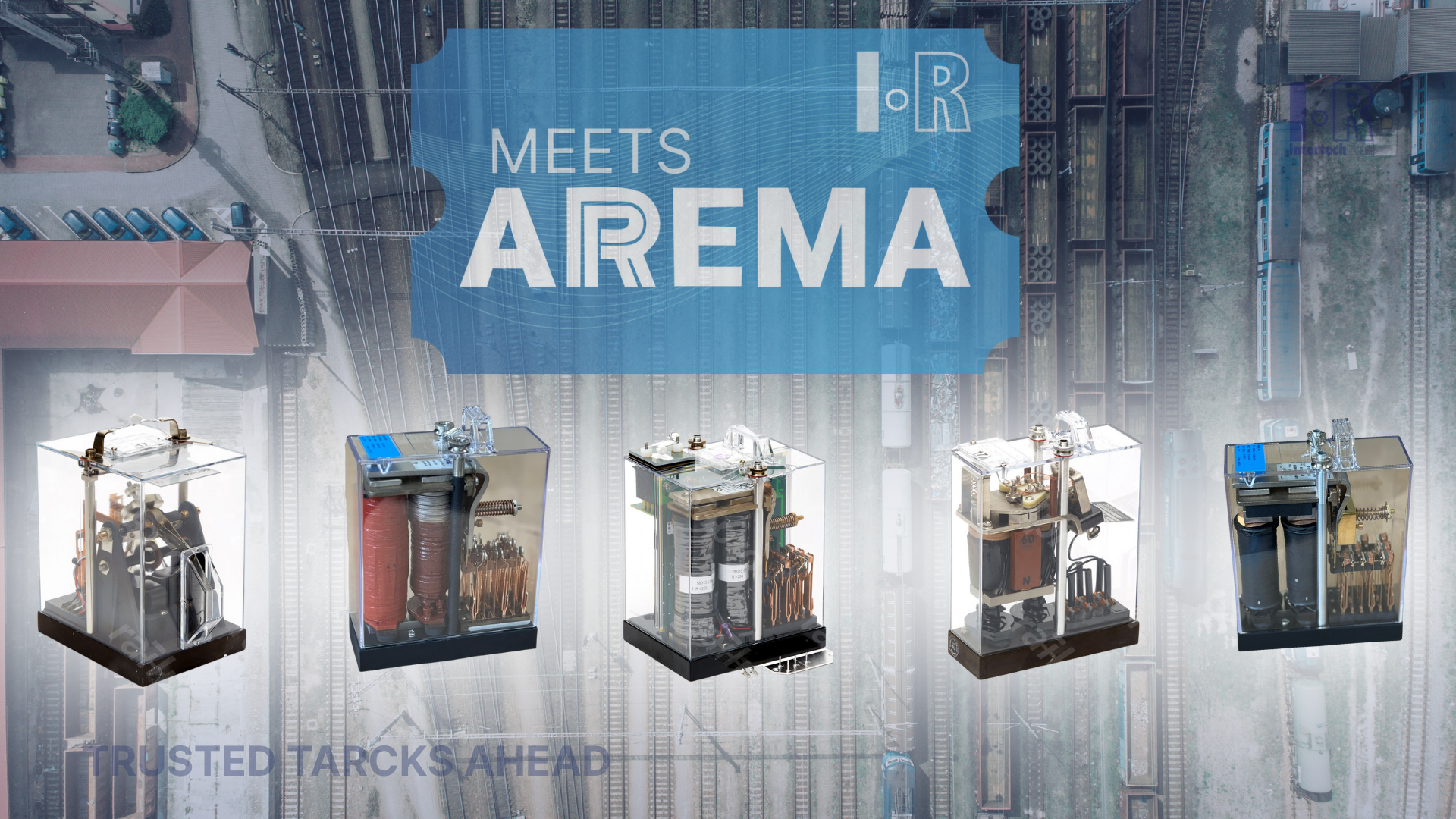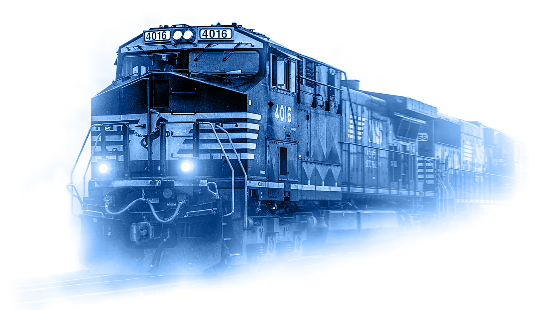Unraveling the Mechanics of Automatic Train Protection (ATP) Systems
In the dynamic world of rail transportation, safety is paramount. Automatic Train Protection (ATP) systems stand as a vital technological advancement designed to ensure the safety of passengers, crew, and rail operations as a whole.
In this article, we delve into the intricate workings of ATP systems, exploring how these sophisticated technologies function to prevent collisions, over-speeding, and other hazardous scenarios.
The Foundation of ATP: Safety First
ATP systems are a subset of the larger train control and management systems, engineered to minimize human error and provide a reliable layer of safety assurance. They primarily operate by continuously monitoring the train's movement and enforcing safety limits, intervening in real-time to prevent accidents or unsafe situations.
Trackside Equipment Installation
ATP systems begin with the installation of vital trackside equipment, such as balises, transponders, and beacons. These devices communicate critical information to trains passing by. Balises, for instance, are small electronic transponders embedded in the track, transmitting data via electromagnetic induction as a train passes over them.
Onboard Train Equipment
The onboard equipment in an ATP system includes the train's computer systems, sensors, and communication devices. These components receive and process data from the trackside equipment, enabling the train to make informed decisions based on its current position, speed, and upcoming track conditions.
The Core Functions of ATP Systems.
Speed Supervision and Regulation
ATP systems continuously monitor the train's speed using data from the trackside equipment and onboard sensors. Speed limits for various track sections are programmed into the system. If the train exceeds the permissible speed for a specific segment, the ATP system takes immediate action to slow down or stop the train.
Movement Authority and Safe Zones
Each train is assigned a 'movement authority' by the ATP system. This authority defines the track sections the train is permitted to occupy and travel through. If the train's movement authority expires or if it enters an unauthorized section, the ATP system applies emergency braking to prevent collisions or unsafe scenarios.
Collision Avoidance
ATP systems incorporate sophisticated algorithms to calculate the trajectory and speed of other trains on adjacent tracks. If a potential collision is detected, the ATP system initiates emergency braking or redirection maneuvers to avoid the collision.
Emergency Interventions
In case of critical emergencies, such as an onboard system failure or operator incapacity, the ATP system can apply emergency braking to bring the train to a safe stop. This feature acts as a last resort to prevent accidents and ensure passenger and crew safety.
Benefits of ATP Systems
- Enhanced Safety: The primary goal of ATP systems is to prevent accidents and collisions, thus ensuring the safety of passengers, crew, and rail infrastructure.
- Reduced Human Error: By automating safety-critical functions, ATP systems minimize the potential for human error, which remains a significant factor in rail accidents.
- Improved Efficiency: ATP systems facilitate optimized train operations by maintaining safe yet efficient speeds and minimizing unnecessary stops.
- Adaptability to Conditions: ATP systems can dynamically adjust to changing track conditions, weather, and operational scenarios, ensuring safe train movement under various circumstances.
Automatic Train Protection systems represent the pinnacle of modern rail safety technology. By seamlessly integrating trackside equipment, onboard sensors, and sophisticated algorithms, ATP systems ensure that trains operate within safe parameters, prevent collisions, and provide a crucial layer of protection against unforeseen circumstances. These systems stand as a testament to the continuous innovation and dedication to safety in the world of rail transportation.




1501 Venera ave Suite 320A Coral Gables, FL 33146
+55 11 985974011 (Brazil)
+1 614 302 1900 (USA)
Intertech Rail 2024 - All Rights Reserved





